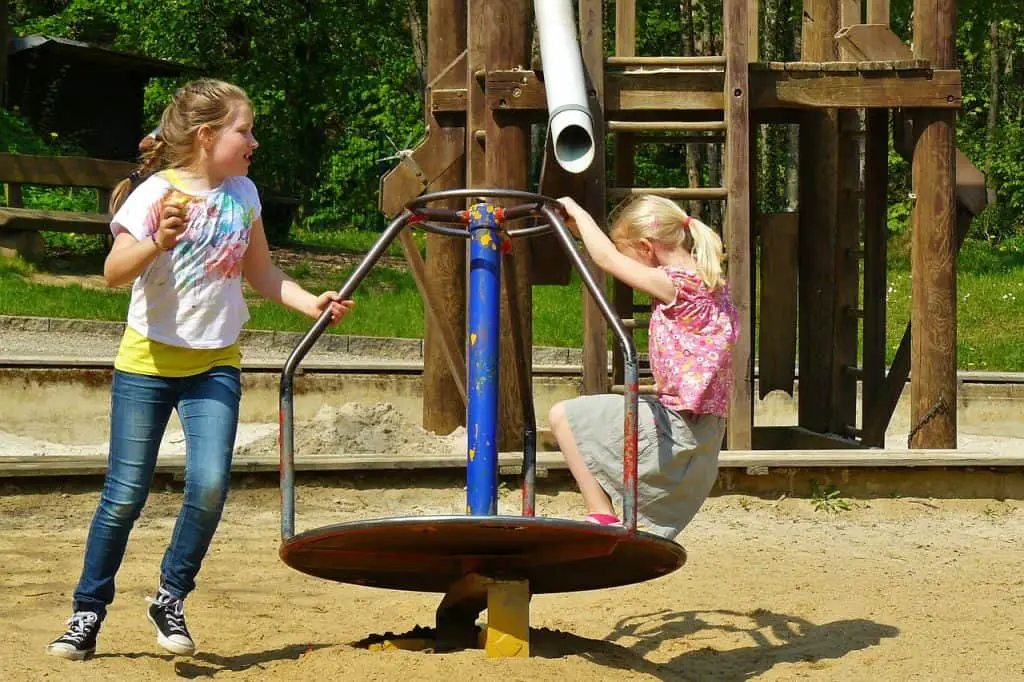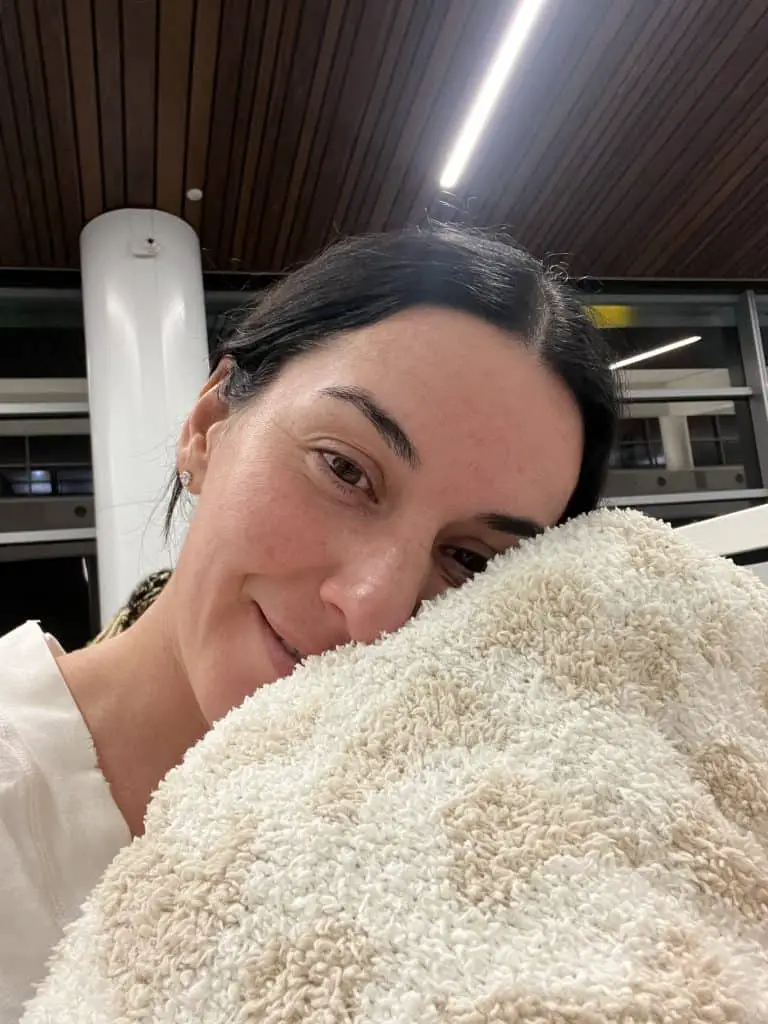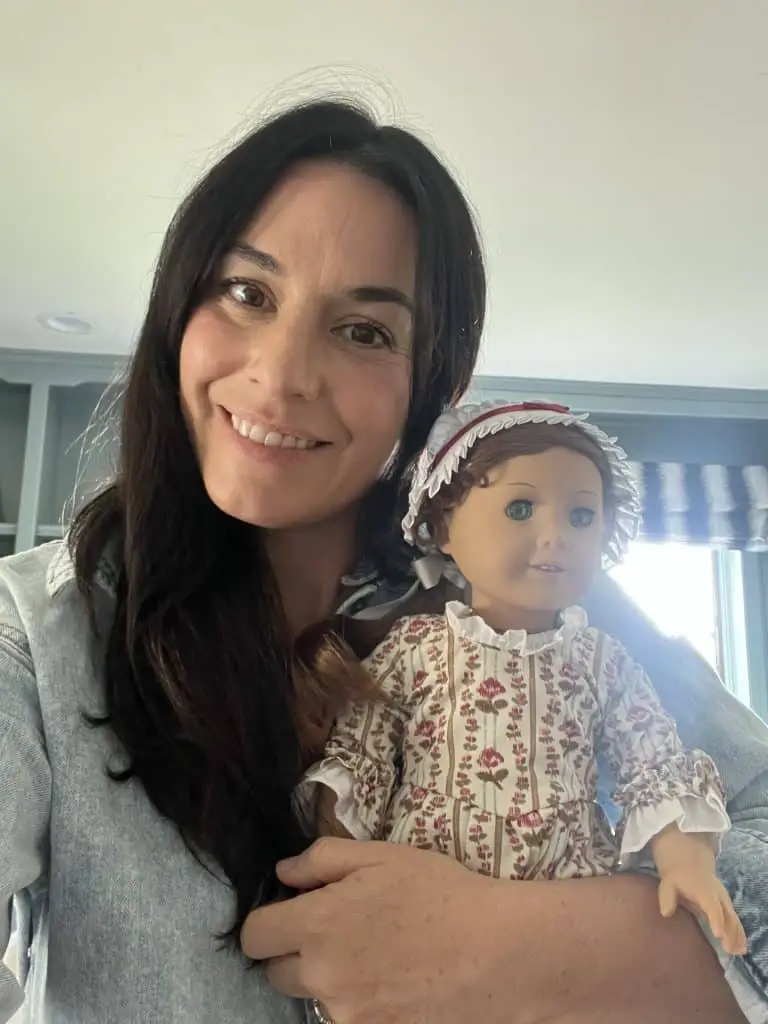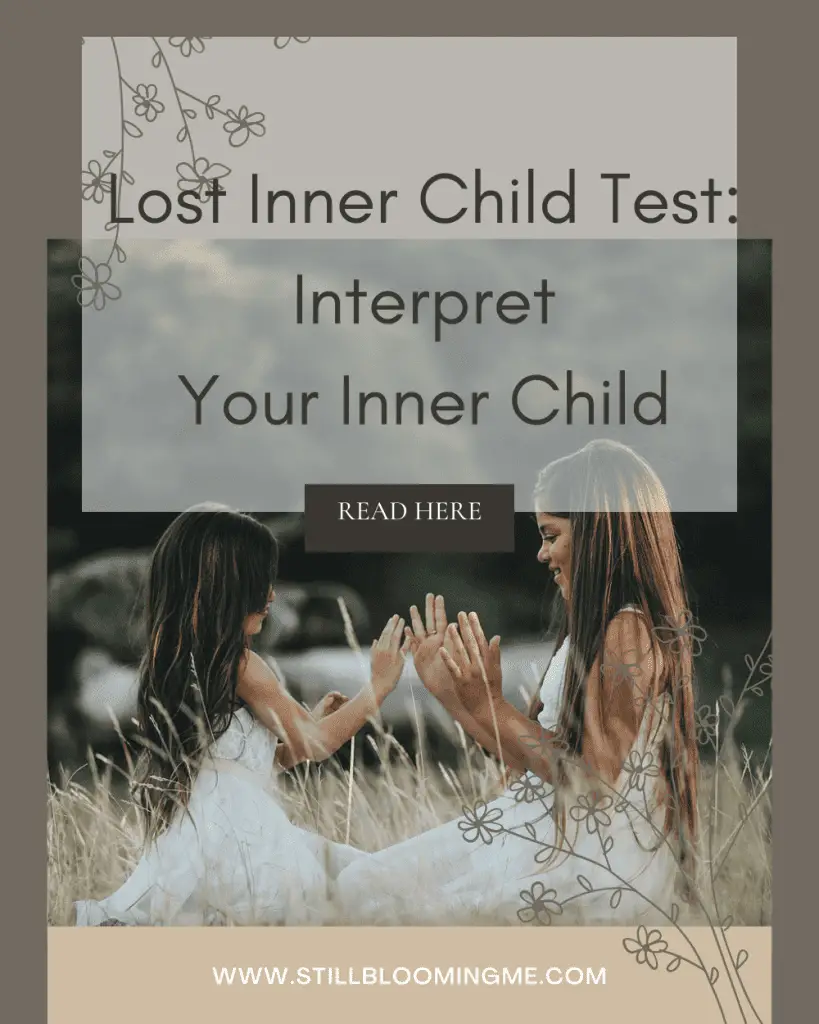Table of Contents
ToggleLost Inner Child Test: Interpret Your Inner Child
Understanding you connection to your inner child and how he/she/they can be healed is best understood with the help of a Lost Inner Child Test.
Your ‘inner child’ is that part of you, the echo of your childhood self, representing innocence, creativity, and wonder. Yet, life’s responsibilities and challenges can cause this inner aspect to retreat and sometimes get ‘lost’. Reconnecting with this element of your psyche can be vital to achieving a balanced and joyful life.
Understanding whether you’re in touch with your inner child or if it has been overshadowed by the weight of adulthood is where the Lost Inner Child Test steps in. This self-assessment isn’t just about revealing whether you’ve distanced yourself from your youth; it’s about identifying the ways how adult you might be neglecting the aspects of life that once brought joy and spontaneity.
Taking the Lost Inner Child Test is about more than satisfying curiosity; it’s a stepping stone to self-awareness and growth. By recognizing the areas where you’ve potentially disconnected from your inner child, you have the opportunity to reintroduce playfulness, creativity, and lightheartedness into your life. It’s an invitation to loosen up, embrace curiosity, and add a splash of fun back into your life.
Let’s Understand Your Inner Child
What is the Inner Child?
Your inner child represents your original self in your earliest form. It embodies all your childhood experiences, emotions, traumas, and memories. This part of you still lives deep inside your psyche, holding onto the spontaneity, curiosity, and innocence you once had. It’s not just a metaphor; it’s a psychological reality that greatly affects how you navigate life as an adult.
The Role of the Inner Child in Personal Growth
Understanding your inner child can play a crucial role in personal growth. The inner child influences your:
- Emotional responses: Your gut reactions often tap into the unfiltered or unprocessed emotions of your inner child.
- Relationships: Patterns established in your childhood affect your interactions with others.
- Self-perception: How you viewed yourself as a child can shape your self-image today.
Fostering a healthy relationship with your inner child allows for healing old wounds and unlocking possible shifts in self-awareness and emotional integrity.
Common Signs of a Lost Inner Child
If you’re feeling out of touch with your inner child, you might notice:
- Emotional numbing: An inability to fully experience or describe your feelings.
- Excessive seriousness: Difficulty in feeling joy or be playful.
- Fear of rejection: Avoiding vulnerability because it feels too risky.
Each of these signs points toward a disconnection from that core part of who you are, indicating the necessity to rekindle that relationship for a well-rounded emotional life.
Try this Lost Inner Child Test
Discovering if your inner child may be lost can be revealing and might explain certain feelings or behaviors. The Lost Inner Child Test offers insights into your emotional state that may be tied to your childhood experiences.
Test Overview
The Lost Inner Child Test comprises a series of questions designed to uncover patterns or behaviors that reflect a disconnected inner child. These behaviors may manifest as difficulty in expressing emotions, forming adult relationships, or a general sense of dissatisfaction.
Taking the Test
Lost Inner Child Test

Question
Your answer:
Correct answer:
Your Answers
Scoring and Interpretation
If you answered ‘yes’ to any of these questions than you likely could benefit from some inner child work. If you answered ‘yes’ to several questions, than you have an even greater disconnect with your inner child.
Remember, this test is not a diagnostic tool but can serve as a starting point for further personal exploration or discussion with a professional.
How to Heal and Reconnect to Your Inner Child
In my healing journey from PTSD, I have worked hard to reconnect to my inner child. Since I have forgotten much of what I was like as a child, speaking to my dad helped uncover things I liked and disliked. I was someone who loved the comfort of a blanket so much that I’d sit by the washing machine and cry waiting for it to be cleaned. I loved dolls and longed for years for an American Girl Doll, but never received one because of the cost. I fiercely loved everything ballet related and Gloria Estefan’s music and it was the soundtrack of my childhood.
But these details, and many others, of my childhood had been lost in time and reacquainting myself with these preferences helped me start the process of healing my inner child.
In the work I’ve done to reclaim her I’ve learned so much. I’ve found that having a special blanket brings me immense comfort still and I am now a 42 year old woman who takes a blanket everywhere! Meet Margie! My blanket was a gift but I love it so much I included a similar one on my blog about my top self-care gifts.
Regaining a connection to your inner child often requires intentional action and may involve various strategies, including personal efforts and professional assistance.
Techniques for Healing Your Inner Child
- Reflect on Childhood Memories: Start with writing down your earliest memories, focusing on both positive and negative incidents. This can help you identify patterns and emotions associated with your inner child.
- Engage in Play: Allow yourself time for play without judgment. This could be anything from coloring and crafting to playing a casual sport. Playfulness is a direct path to your inner child. A few years ago, American Doll rereleased the doll I had longed for as a child and I bought her for myself. I must admit I haven’t played with her much but every time I look at her or hold her I feel so much childhood joy.
- Self-Compassion Exercises: Practice speaking to yourself with kindness and understanding, just as you would to a young child. Use affirmations that reassure and support your inner child, like “You are valued” or “Your feelings are important.”
- Create a Dialogue: Write a letter to your inner child, expressing understanding and a willingness to listen. You could also respond from the perspective of your inner child, allowing for an internal conversation.
- Visualization and Meditation: Use guided meditations focused on healing the inner child. Visualize comforting and protecting your younger self.
- Dedicated ‘Inner Child’ Time: Set aside regular time to focus on activities that encourage your inner child, whether that’s drawing, dancing, or watching favorite childhood movies.
Seeking Professional Help
- Therapy: Counseling or therapy, particularly with professionals specializing in lost inner child work, can offer guided, structured healing.
- Support Groups: Sometimes, speaking with others who are also working on reconnecting with their inner child can provide support and validation.
Remember, it’s okay to ask for help when dealing with emotional wounds, just as you would for a physical injury. These methods can create a bridge to self-compassion and understanding, leading to healing your inner child.
Tips for Nurturing Your Inner Child
Unlocking the vitality and joy of your inner child can be transformative.
Here’s how you can take steps to nurture that part of yourself.
Establish a routine: Start by creating a daily self-care routine. This might include activities such as:
- Morning: Meditation or deep breathing for 10 minutes to center yourself.
- Daytime: Regular breaks during work for stretching or a quick walk.
- Evening: Unwinding with a calming activity like reading or a warm bath before bed.
Physical activities: Incorporate movement into your life. Physical activities release endorphins, which are natural mood lifters. Consider:
- Taking a dance class
- Going for a swim
- Trying out yoga or tai chi
Building Resilience and Emotional Well-Being
Embrace failure: Understand that setbacks are part of growth. Reflect on what you can learn from each experience instead of beating yourself up.
Connect with others: Sharing feelings and experiences can greatly improve your emotional health. Try to:
- Join a support group or club
- Forge deep connections by having regular catch-ups with friends or family
Fostering Creativity and Play
Cultivate hobbies: Engage in activities that make you lose track of time—whether that’s painting, writing, or gardening. Or listen to music that connects you to your childhood.
Incorporate play: Set aside time for unstructured play. This could be:
- Playing board games with friends
- Exploring new places without a set plan
Frequently Asked Questions
What are some common indicators that your inner child might be wounded?
If you often experience intense emotions, fear of abandonment, or struggles with trust and intimacy, these could be signs that your inner child is in need of attention.
Can I find a reliable test online to help reconnect with my inner child?
Yes, there are several online resources that offer tests designed to help you understand the state of your inner child. The test included on this blog is a good place to start but it doesn’t offer an official diagnosis. However, it’s important to discern which are created by qualified professionals.
How can I identify and work through the five inner child wounds myself?
You can start by learning about the five wounds: rejection, abandonment, humiliation, betrayal, and injustice. Reflect on your past experiences and emotional reactions to see where they might match these themes.
Are there any recommended quizzes or tests from popular websites to understand my inner child better?
Websites like Psychology Today offer quizzes that can provide insights into your personality and behaviors, which may help you understand your inner child’s needs.
What are some practical steps to take in order to heal and validate my inner child?
Begin with self-reflection and journaling to acknowledge your feelings. Engaging in creative activities like drawing or dancing can also help you reconnect with your inner child’s sense of play and joy.
In what ways can engaging with social media trends help in identifying inner child issues?
Participating in social media trends that focus on self-discovery and mental health can be a starting point to recognize patterns related to your inner child, but they should not replace professional advice.
Final Thoughts
Reconnecting with your inner child can be a journey of reflection and self-discovery. It’s about peeling back the layers of adulthood and rediscovering the joys and curiosities that once defined your childhood. Remember, it’s healthy to foster the characteristics of your inner child:
By understanding your lost inner child, you can:
- Enhance self-awareness: Uncover buried emotions and desires.
- Promote growth: Use your insights to address personal challenges.
- Encourage healing: Heal old wounds through newfound understanding.
You have the tools to embark on this path of introspection. I hope you will embrace this experience of finding your lost inner child as a journey of self-discovery and self-acceptance.









